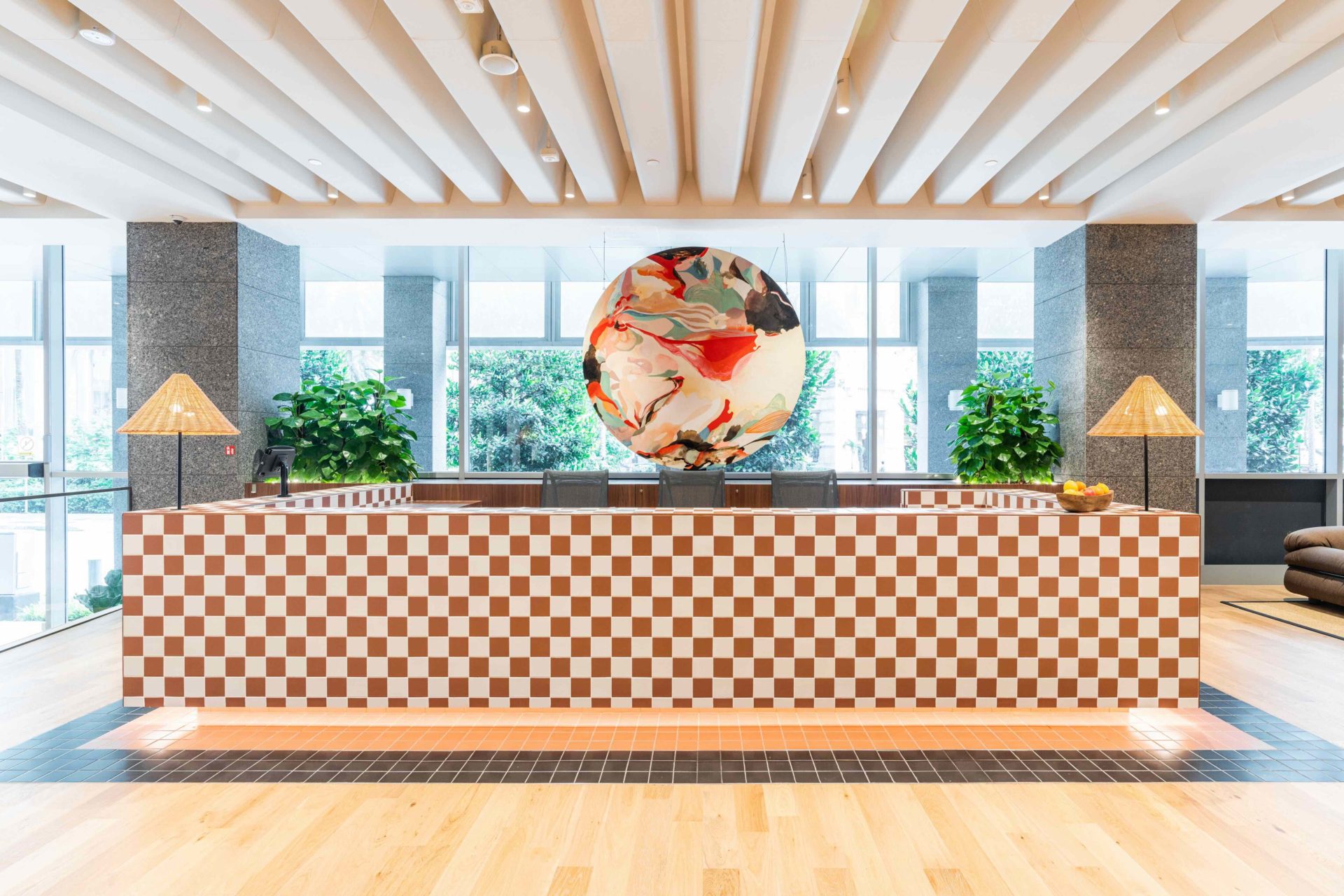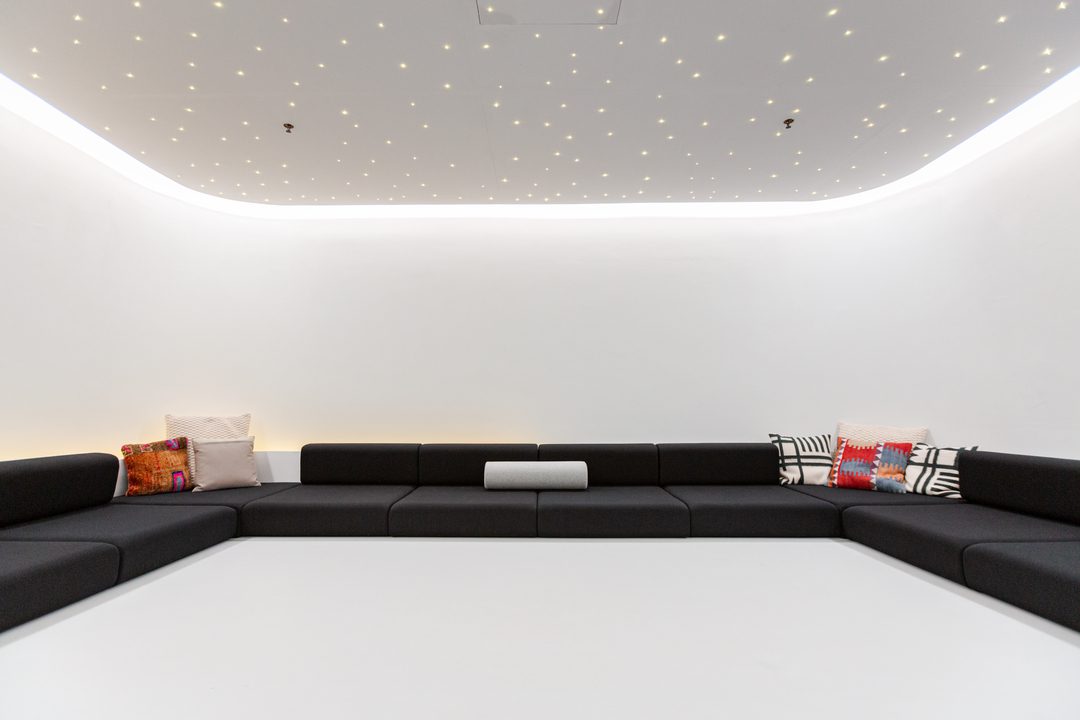
OnOffice sat down with Franquibel Lima to discuss his thoughts on diversifying the purpose of the office and the new direction of workplace design
OnOffice: How has WeWork changed the design of its offices to reflect the new ways people are working post-pandemic?
Franquibel Lima: The global shift we are experiencing around working trends and habits is having a big impact on the way we are designing office space. The purpose of the office has diversified, and so whether office visits are for in-person collaboration, spontaneous “water-cooler” moments, or “heads-down” productive work, office space must cater to various work needs, styles or tasks. At WeWork, we use data and insights from member feedback sessions and surveys to adapt and evolve our spaces.
For example, in large offices, we used to provide 10% lounge space, now we are seeing the need for 50-60% collaboration and lounge space, as many members look to coordinate office days for their teams. At the same time, we are also seeing increasing demand from individuals based in our communal areas for quiet space to take phone calls or complete focus tasks.

OO: Can you tell us a bit more about innovations and amenities in WeWork spaces. How are tenant expectations evolving and how does design play a part in that?
FL: The pandemic really solidified WeWork’s offering, and as a result, we have digitised our real estate offering with All Access, a monthly subscription which provides access to our 700+ locations worldwide, and On Demand, where workers can ‘pay-as-you-go’ by booking a desk or meeting room by the hour or day. These have prompted us to reimagine the design and functionality of our space for more transient members; many of whom will be visiting WeWork locations for the first time.
As a result, in our shared spaces, we are providing a broader variety of quiet space types like nooks, increased access to power, as well as clearer wayfinding to help new members settle into the space straight away. We have also recently designed an ‘Executive Line’ of our Office Suites product for large or even more traditional organisations that, due to the nature of their business, may have not considered flex space in the past. These suites are enhanced through thoughtful, elevated design and exclusive amenities. Think of it like a private WeWork within a WeWork.

OO: How does WeWork design its spaces depending on different locations, work cultures and regulations? How might locations in the UK vary to those in the US?
FL: Our design ethos is balanced between a universal design language and a local twist that champions artists, culture and community in the local region. It’s a mix between wanting any member in the world to walk into a WeWork location they have never been to and know they are in a WeWork, and wanting members to spot cultural nuances and local flavours of the city or region through specific space functionality, materials, art, architectural details, furniture and styling.
For example, at WeWork 167 N Green Street in Chicago, the artwork pays homage to industrial reinvention. By reinventing raw materials as fine artworks, our aim was to mirror the transformation of Fulton Market from old warehouses to boutique hotspots.
With a global footprint across 150+ cities and 650,000+ members, we also have unique insight into how work culture can differ depending on the country, city and even on the company. For example, enterprise members typically require more conference rooms and lean into our bespoke design offering to reflect the company’s brand in their WeWork office.

OO: Given how many competitors there are in the market now, what is WeWork doing design-wise to stand out?
FL: WeWork has always been a leader in workplace design. Since the company’s inception back in 2010, it has all been about pushing boundaries on how people experience the workplace and what the office could represent or facilitate. For example, in the early days, we often left out wayfinding signage around the buildings to help spark conversations between strangers. While we continue to pave the way for innovative office design, we are now more focused than ever on listening to our members and gathering data to meet their evolving needs.
We are never complacent in our design, and the innate flexibility of our spaces means we are able to evolve with ease. We’re always open to embracing new layout strategies, particularly the ones that support functional adaptability over time and we’re not afraid of experimenting with new aesthetic directions that create an experience members don’t want to miss out on.

OO: How does WeWork design for member’s wellbeing?
FL: At WeWork, design has always been focused on member experience – and we are conscious that , now more than ever, wellbeing in the workplace is one of the top priorities amongst companies looking to encourage workers back to their desks. Across our locations here in the UK and globally, we ensure our spaces are filled with natural light and adorned with plants. We also continue to blur the lines between home and office with soft furnishings, low desk lighting and pantry areas for a relaxed work setting.
Now, offices must be “commute-worthy” and so a combination of design and “amenity spaces” – where pantries, gyms, meditations rooms, cafés and in-person event areas – is expected in any class-A space. We are seeing the most successful workplace policies are ones that have employees’ best interests at the core, and we see the same trends and successes in office design.

OO: What does the future of office design look like?
FL: The office of the future has the capability to cater to the evolving needs of both business leaders’ and employees, supporting a totally new kind of work and workforce. While it’s hard to say how the purpose of the office will develop, it’s become clear that human-centric design, placing the worker at the core of design decisions, is now table stakes’ for any operator, landlord or decision maker. As the landscape evolves, and as companies settle into RTO workplace strategies, this is bound to change; office spaces with inherent flexibility are likely to thrive.
Images courtesy of WeWork
1. 17 St Helen’s Place in the City is our latest opening in the UK, situated on a secluded courtyard near Liverpool Street
2. 21 Collyer’s Quay in Singapore is our second largest WeWork in the world which opened this September
3. Salesforce Tower
4. 10 York Road in Waterloo is our largest WeWork in the world – home to 6,000 members
5. 10 York Road in Waterloo





















